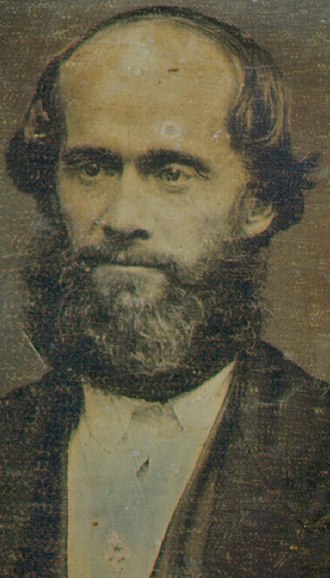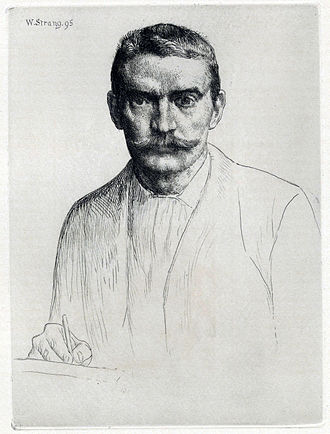Strang Last Name Origin, History, and Meaning
Where did the surname Strang come from? What does the surname Strang mean? Discover the history and meaning of the last name Strang and family migration on YourRoots Map.
Surname Strang Origin: What does the last name Strang mean?
The surname Strang originated in Scotland around the early 15th century, according to YourRoots data. It has remained closely associated with Scotland for centuries, with records of the Strang family also found in the United States, indicating global spread over time. By the 20th century, the volume of records with the Strang surname significantly increased in Scotland and the United States, where it remains prominent today. The name also appears in many other countries, as highlighted in YourRoots data.
YourRoots data confirms the presence of the Strang surname in Scotland since the 15th century, with a notable global spread over the centuries. The surname has established a strong presence in countries like the United States, reflecting its enduring legacy and widespread influence. Today, the Strang surname can be found in various countries worldwide, showcasing its international significance and historical roots.
Strang Last Name History: Where did the last name Strang come from?
Origin of Strang Surname: Where does the last name Strang originate from?
According to YourRoots data, the surname Strang first appeared in records from Scotland around the early 15th century. Please note that this reflects only YourRoots data for the exact Strang spelling and does not include other record sources or surname variations.
History of the Last Name Strang: What does the Strang surname history look like in the early days?
The Strang surname remained closely associated with Scotland from the 15th to the 19th centuries. YourRoots data also shows Strang family records in countries like the United States, indicating global spread over the centuries.
Global Spread: Where can we find the Strang surname today?
By the 20th century, the volume of records with the Strang surname grew significantly in Scotland and the United States. The Strang surname remains prominent in these regions. It appears in many countries, including those highlighted in YourRoots data.
Explore Strang last name heritage and Strang surname origin based on YourRoots Map data
 VIEW THE ORIGIN OF SURNAME STRANG
VIEW THE ORIGIN OF SURNAME STRANGFamous People With Strang Surame?

James Strang
James Jesse Strang (Mar 21, 1813 – Jul 9, 1856) was an American religious leader and politician who claimed to be the successor of Joseph Smith as leader of the Church of Jesus Christ of Latter Day Saints. He established an ecclesiastical monarchy on Beaver Island in Michigan, gaining thousands of followers. Despite his eventual advocacy of polygamy, a small group continues to follow his teachings today. Strang published translations of ancient lost works and served in the Michigan House of Representatives. His organization, known as the Strangite church, remains a small branch of the Latter-Day Saint movement.

Gilbert Strang
William Gilbert Strang (born Nov 27, 1934) is an American mathematician known for his contributions to finite element theory, the calculus of variations, and linear algebra. He popularized the Fundamental Theorem of Linear Algebra and published textbooks on the subject. Strang taught at MIT for over six decades, impacting students worldwide through his lectures and books. He received numerous honors, including the National Academy of Sciences membership and the Von Neumann Medal. Strang's legacy extends through his influential work in mathematics education and his dedication to advancing the field of linear algebra.

William Strang
William Strang (13 Feb 1859 – 12 Apr 1921) was a Scottish painter and printmaker known for illustrating works by Bunyan, Coleridge, and Kipling. He excelled in etching, mezzotint, and woodcut, creating powerful and imaginative pieces. Strang also delved into literature, crafting illustrated ballads and short stories. His artistry earned him recognition in various art societies, and he even ventured into painting landscapes and portraits. With a family rooted in the arts, including sons who followed in his creative footsteps, Strang's legacy as a versatile and talented artist lives on through his diverse body of work.

Paul Strang
Paul Andrew Strang (July 28, 1970) is a Zimbabwean cricket coach and former player known for his leg-spinning skills. Representing Zimbabwe in Test matches and One Day Internationals, he played alongside his brother, Bryan Strang, and was a standout performer in the 1996 Cricket World Cup. Strang later transitioned into coaching, working with teams like the Auckland Aces and playing county cricket in England. Despite a career-ending injury in 2000, he remains the only Zimbabwean Test cricketer to take ten wickets in a match and end up on the losing side. Overall, Strang's contributions to Zimbabwean cricket have left a lasting impact on the sport.

Gavin Strang
Gavin Steel Strang (born July 10, 1943) is a Scottish Labour Party politician who served as Member of Parliament (MP) for Edinburgh East from 1970 until 2010. He was a minister in the 1974–79 Labour government under Prime Ministers Harold Wilson and James Callaghan, as well as in the Cabinet under Tony Blair. Strang was known for his long tenure as the longest-serving Scottish MP and his involvement in various government roles. He made headlines for his critical questioning of Margaret Thatcher and his advocacy against policies like the privatisation of National Air Traffic Services. Strang's political career and contributions to government policy have left a lasting impact on the Scottish political landscape.
All images displayed on this page are sourced from Wikipedia or Wikimedia Commons.We use these images under their respective Creative Commons or public domain licenses. Wherever applicable, author attributions and license information are provided. If you believe an image is used incorrectly or outside its license terms, please contact us so that we can review and correct the issue.




.png)